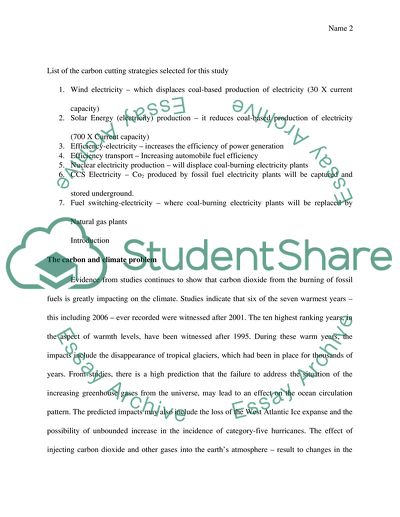Cite this document
(“Stabilization Wedges Game Assignment Example | Topics and Well Written Essays - 2000 words - 2”, n.d.)
Retrieved de https://studentshare.org/environmental-studies/1594141-writing-a-memo
Retrieved de https://studentshare.org/environmental-studies/1594141-writing-a-memo
(Stabilization Wedges Game Assignment Example | Topics and Well Written Essays - 2000 Words - 2)
https://studentshare.org/environmental-studies/1594141-writing-a-memo.
https://studentshare.org/environmental-studies/1594141-writing-a-memo.
“Stabilization Wedges Game Assignment Example | Topics and Well Written Essays - 2000 Words - 2”, n.d. https://studentshare.org/environmental-studies/1594141-writing-a-memo.


